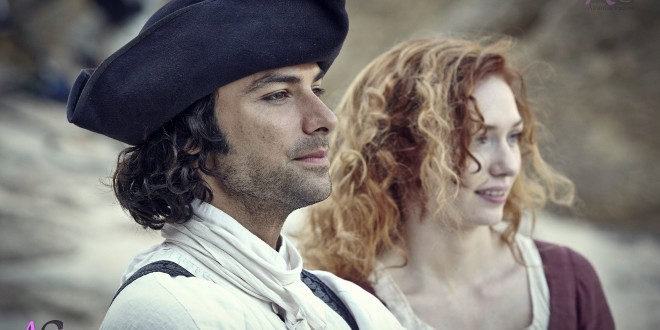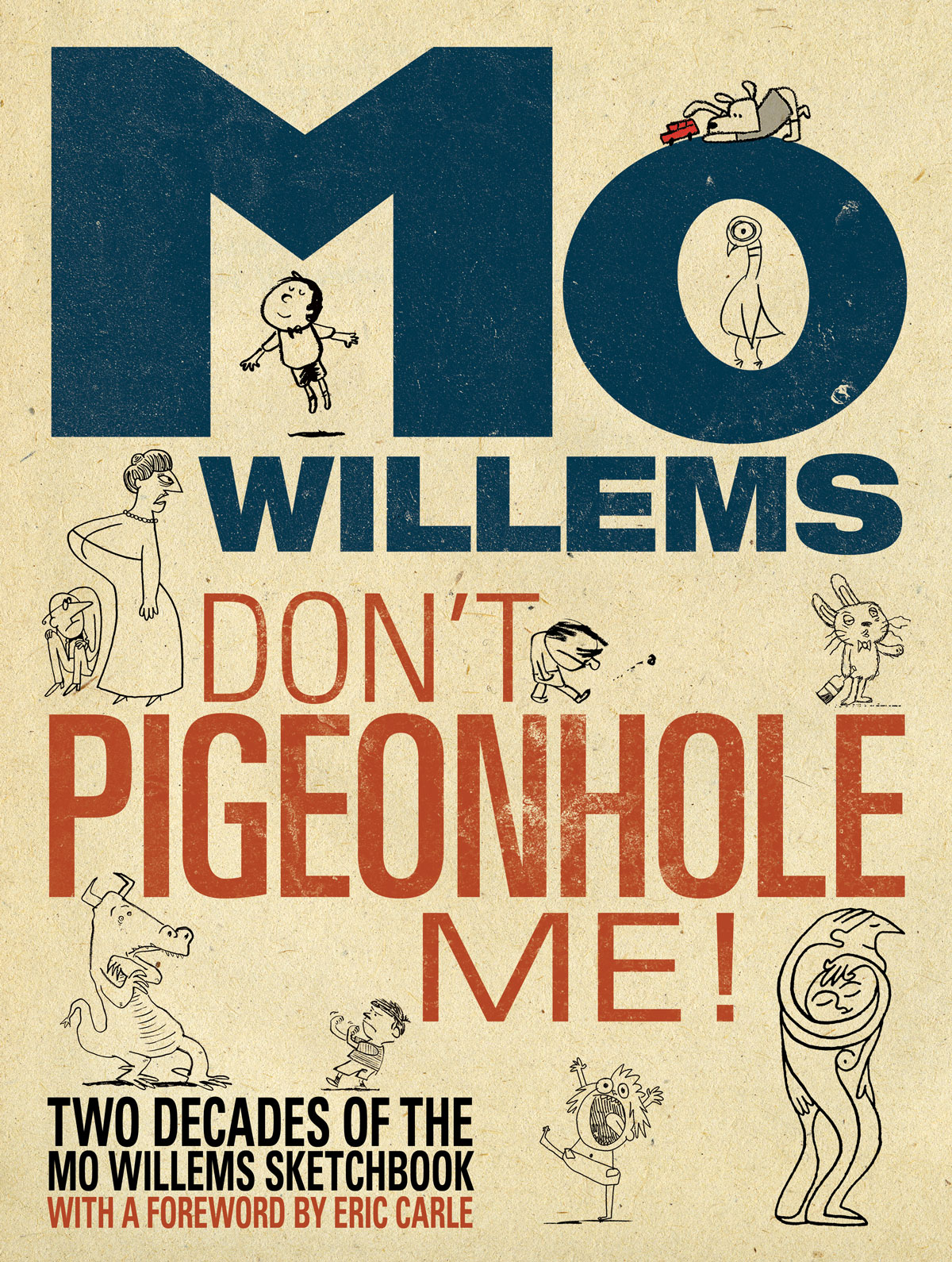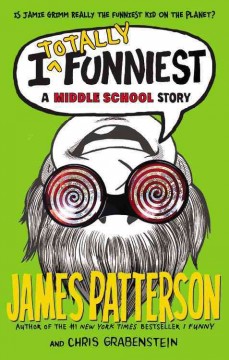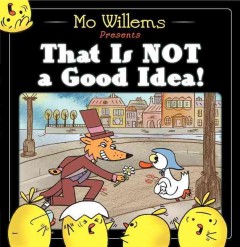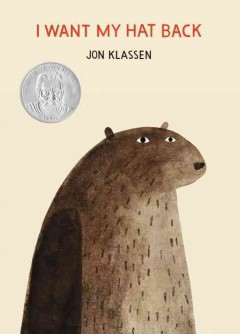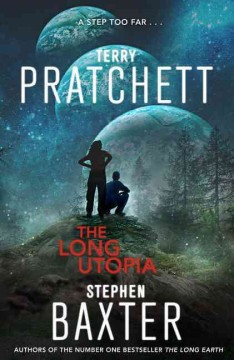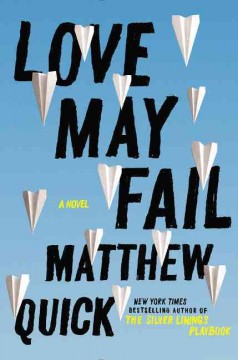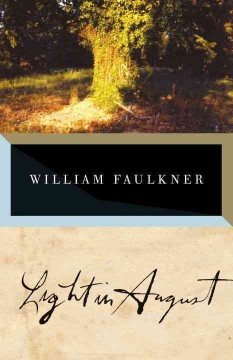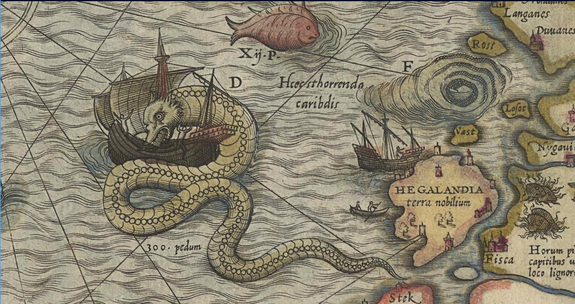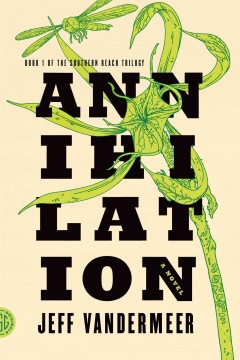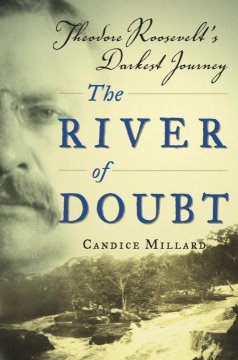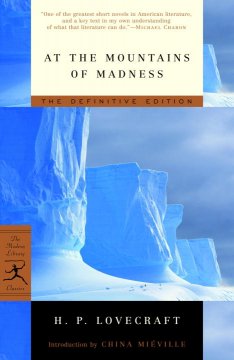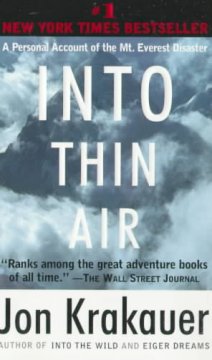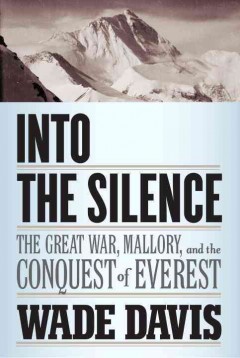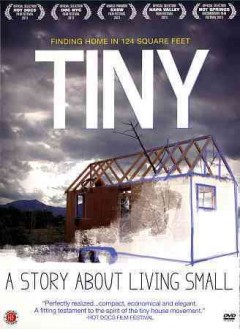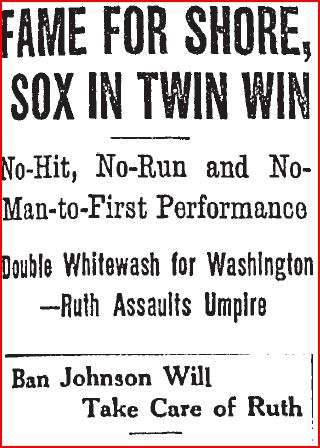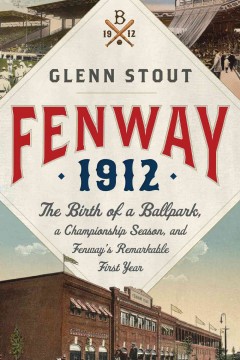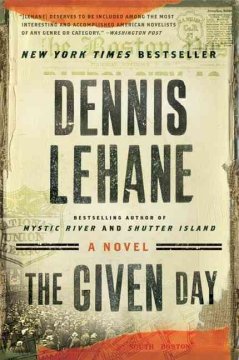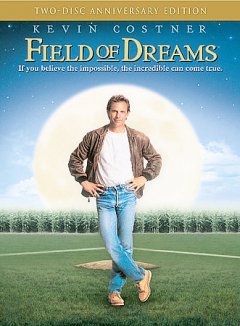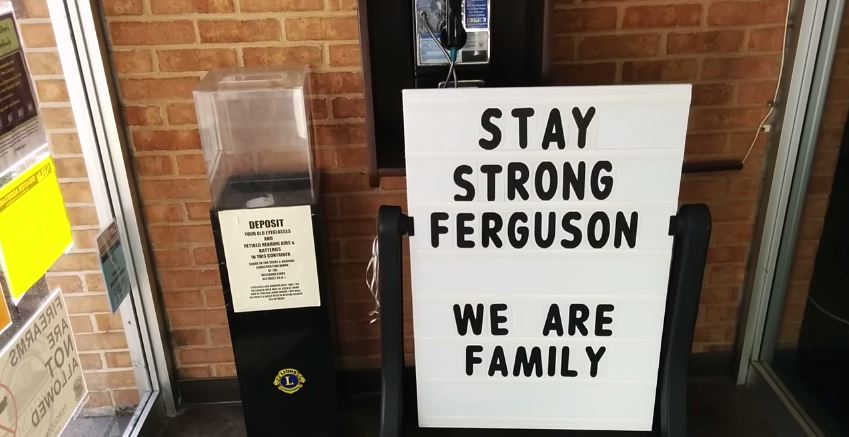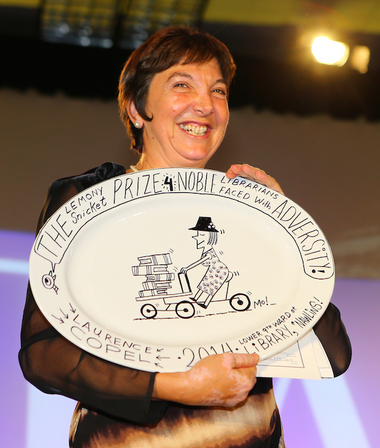Rather than venture out to the movies this week, I thought instead we could take a ‘staycation’, as they are called, and flip on the TV instead to watch what is promising to be a stellar mini-series event: Poldark on Masterpiece Theater.
In my family, historic dramas such as this are measured on the ‘Hornblower Scale’, developed one stultifyingly hot week in the summer when everyone was too sweaty and tired to argue with me when I said we should all go sit in the cool basement and watch the Horatio Hornblower mini-series (which, naturally, I took out from the library). My parents, who, up until then, supported my love of costume dramas, but didn’t necessarily enjoy them, were shocked to realize how much this series not only caught their interest, but kept it through every battle, every duel, and every cry of “black, bloody mutiny!”. To this day, all period pieces are measured against Hornblower, and it is because Poldark rated so high on that scale that I bore you now with this tale.
After watching the first episode last Sunday, my father declared that this new adaptation, starring Irishman Aidan Turner and Eleanor Tomlinson (who appeared in the stellar series Death Comes to Pemberley), is “like Hornblower…with horses”. Essentially, though this series takes place on land, and thus features neither warships nor fears of mutiny, the characters are exceptionally compelling, the drama is relatively fast-paced and engaging, and the end of each episode leaves you hungry for a little more.
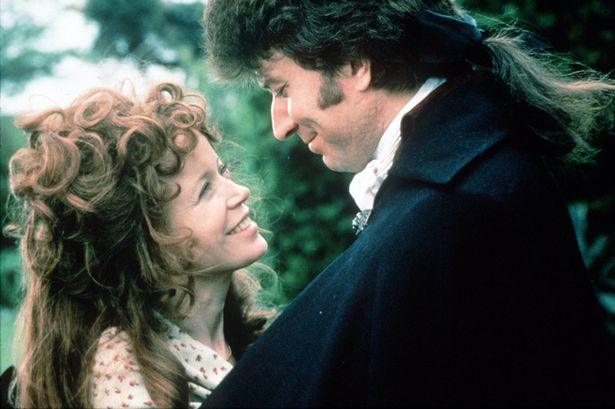 Longtime fans of British drama may remember the first Poldark adaptation, which first aired on the BBC in the in 1975, starred Robin Ellis and Angharad Rees as Ross Poldark and Demelza (compare their photos at left to the modern adaptation above…the tradition is similar, but there is no doubt in my mind that that hair has more 1970’s than 1780 in it). The series was wildly successful, making stars out of its lead actors, and earning some 14 million viewers a week; some pastors were even rumored to have canceled Sunday services so as not to clash with the airing of the episode, in those dark days before DVRs and the internet. Considering the success of the original series, it’s understandable why it took so long to remake Poldark, but, thus far, the results seem quite promising.
Longtime fans of British drama may remember the first Poldark adaptation, which first aired on the BBC in the in 1975, starred Robin Ellis and Angharad Rees as Ross Poldark and Demelza (compare their photos at left to the modern adaptation above…the tradition is similar, but there is no doubt in my mind that that hair has more 1970’s than 1780 in it). The series was wildly successful, making stars out of its lead actors, and earning some 14 million viewers a week; some pastors were even rumored to have canceled Sunday services so as not to clash with the airing of the episode, in those dark days before DVRs and the internet. Considering the success of the original series, it’s understandable why it took so long to remake Poldark, but, thus far, the results seem quite promising.
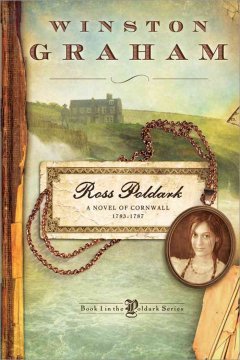 Both the 1970’s and the 2015 miniseries take their inspiration from Winston Graham’s Poldark novels, which begin with the return of Ross Poldark to his native Cornwall in 1783. Ross was a soldier in the British Army during the American Revolution, and considered dead by many at home–including his beloved Elizabeth, whom he had expected to marry upon his return. Instead, Ross finds his estate in utter disrepair, his fortunes depleted, and Elizabeth engaged to Ross’ wealthy cousin. Furious, but undaunted, he focuses on restoring his name and his fortunes alone, and though he marries and has children, a part of his heart always belongs to Elizabeth. Their tortured love affair is at the heart of many books in this series.
Both the 1970’s and the 2015 miniseries take their inspiration from Winston Graham’s Poldark novels, which begin with the return of Ross Poldark to his native Cornwall in 1783. Ross was a soldier in the British Army during the American Revolution, and considered dead by many at home–including his beloved Elizabeth, whom he had expected to marry upon his return. Instead, Ross finds his estate in utter disrepair, his fortunes depleted, and Elizabeth engaged to Ross’ wealthy cousin. Furious, but undaunted, he focuses on restoring his name and his fortunes alone, and though he marries and has children, a part of his heart always belongs to Elizabeth. Their tortured love affair is at the heart of many books in this series.
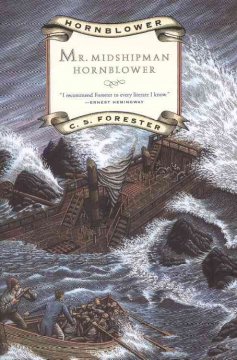 Like C.S. Forester, author of the Horatio Hornblower series (which is told out of chronological order, so start with Mr. Midshipman Hornblower), Winston Graham lived during the Second World War, writing at a time when the present seemed horribly dark, frightening, and alien. Both authors attempted in their books to re-create a lost world and a time when human beings were…human; flawed and passionate and courageous in a way that they both missed terribly. Forester had attended the Royal Naval College, and thus his hero was sent to sea. Graham lived in Cornwall for some thirty years, and thus, Ross Poldark and his family inhabit that same area, and make it their own. Both series stand the test of time, grabbing readers attention and forcing their heroes and heroines to confront tests, trials, heartbreak, and danger, without providing easy answers, and letting them make mistakes in a way that isn’t common in contemporary literature.
Like C.S. Forester, author of the Horatio Hornblower series (which is told out of chronological order, so start with Mr. Midshipman Hornblower), Winston Graham lived during the Second World War, writing at a time when the present seemed horribly dark, frightening, and alien. Both authors attempted in their books to re-create a lost world and a time when human beings were…human; flawed and passionate and courageous in a way that they both missed terribly. Forester had attended the Royal Naval College, and thus his hero was sent to sea. Graham lived in Cornwall for some thirty years, and thus, Ross Poldark and his family inhabit that same area, and make it their own. Both series stand the test of time, grabbing readers attention and forcing their heroes and heroines to confront tests, trials, heartbreak, and danger, without providing easy answers, and letting them make mistakes in a way that isn’t common in contemporary literature.
Though Forester stopped publishing books about Hornblower in 1967 (with The Last Encounter), Graham continued publishing stories about the Poldarks up until 2002, finishing the twelve-book series with Bella Poldark, a tale of Ross and Demelza’s headstrong younger daughter, set in 1820. Along the way, he tackled some of the most noteworthy events in European history, including the French Revolution, the Napoleonic Wars, and the epic Battle of Waterloo, which has a tragic effect on the Poldark family. Each novel is stirring, and makes for fantastic summer reading, so come by and take Ross Poldark (and Horatio Hornblower) with you on your next getaway–I promise they will make your journey that much more memorable!

